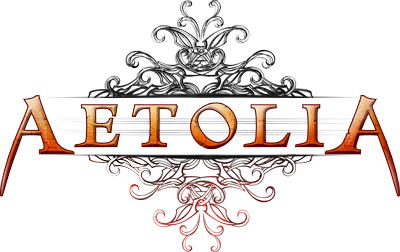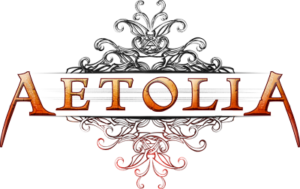3.5 Pose Command
Poses are a complementary function to emotes that can be used to express emotions to anyone who sees you in a location. You can either set your pose manually by doing POSE <emote>, or if you enable the quickpose option with CONFIG QUICKPOSE ON/OFF you will automatically switch into the pose associated with whatever emote you use, if there is one. Example: Varian uses POSE GRIN. Now everybody who looks at the room that he is standing in will see that he is standing there, grinning. Varian could also simply enable quickpose and GRIN, which would use the regular grin emote, and change his pose as if he had done POSE GRIN. Using the POSE verb by itself to view the current pose, or POSE NOTHING to reset it. Custom poses ------------ Along with simple poses, Aetolia also offers -custom- poses. These are self-written descriptions of how your character should appear in the room, usually describing their current position or activity. You can set these as you would a simple pose, but keep in mind the following rules: * Your custom pose may not exceed 120 characters in length. * It must contain the '^' symbol to represent your name. * It cannot be longer than a single sentence. Keep in mind that HELP LANGUAGERULES will apply, and use of poses to gain advantage in combat will be punished. You can use POSES to quickly see any posed people in the room and their current pose. Posing items ------------ Items in the room may be posed, conferring to them a temporary custom appearance. These poses adhere to the same rules as the custom poses you can set yourself. The Gods will see when you're setting an item's pose, so don't try anything foolish! The syntax for setting an item's pose is: POSE ITEM <item> <text>. You must include the item's short name in the description, so for instance, if trying to pose a bucket, you could do "pose item bucket A slop bucket has been set here", but not "pose item bucket A bunch of slop sits in the vessel in the corner." Note that item poses will not work with furniture or NPCs! Silentpose ---------- Posing (both yourself and items) by default displays a generic message to the room in order to let people know that you/an item's pose has changed. You can suppress this by instead using SILENTPOSE in place of POSE, i.e. SILENTPOSE <your pose>, SILENTPOSE ITEM <text>.

